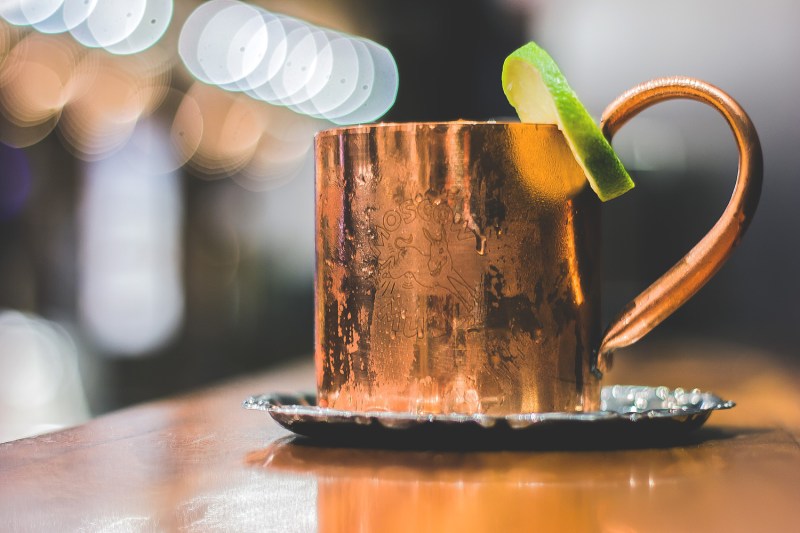
You know you’ve made it as a cocktail when one of the most popular ready-to-drink options is made in your name. That’s the case with the Moscow Mule cocktail, the classic mix of vodka and ginger beer, preferably in a copper mug.
Here are some pro tips to keep in mind. First, select a quality vodka. The flavor may be mostly buried in the rest of the drink, but you’re still after smoothness. In terms of ginger, go with a proper ginger beer instead of ginger ale. The latter is far too sweet. If you’re really feeling intrepid, do as Death & Co. does below and make your own ginger syrup to couple with club soda. You’ll be amazed at how much more pronounced the ginger qualities are when going this route.
Why the copper mug? Obviously, they look great. But there’s more. The metal insulates extremely well, keeping the drink colder for much longer than most other materials. But do exercise some caution here, as there’s some chemistry at play that could be potentially harmful. Make certain that your mugs are lined with a sturdy protective layer. The acid from the drink (mostly by way of lime) can actually corrode the metallic lining of the vessel and contaminate the drink. Copper poisoning is no fun.
If you’re ready to learn how to make a Moscow mule cocktail, we’ve got you covered with some top-notch recipes.
Moscow Mule cocktail
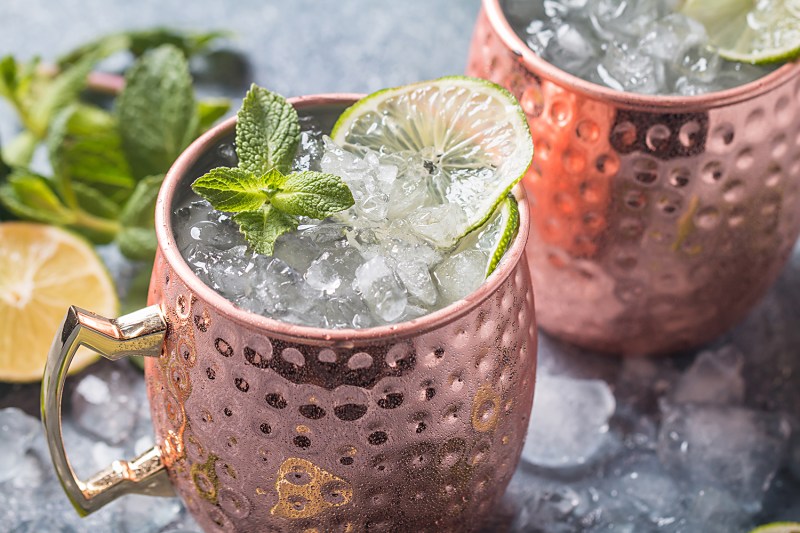
This Tristan Stephenson recipe is pretty classic, with the addition of gomme (a simple syrup made of sugar, water, and gum Arabic harvested from the acacia tree) to give it a little hint of acacia. There’s lots of nuances at play, and the higher-end vodka really elevates the drink.
Ingredients
- 2 ounces Smirnoff Black Vodka
- 1 ounce fresh lime juice
- 1/3 ounce gomme
- 3 1/2 ounces ginger beer
- Fresh mint for garnish
Method
- Add all the ingredients straight into a copper mug with cubed ice.
- Garnish with a sprig of mint, and enjoy.
Icelandic Mule recipe
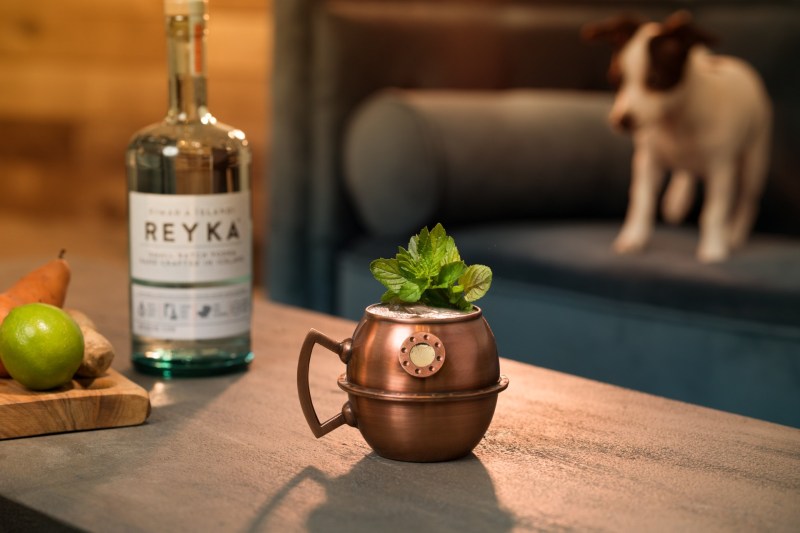
While one doesn’t usually first think of Iceland when thinking of high-end vodkas, this tiny island in the North Atlantic does produce some amazing vodka. This recipe from former Reyka drinks ambassador Trevor Schneider involves Icelandic vodka and ginger beer. He is particularly drawn to ginger beers by Q Drinks or Fever Tree, if you’re wondering which way to go.
Ingredients
- 1 1/2 parts Reyka Vodka
- 1/4 part lime juice
- 3 dashes Angostura Bitters
- Ginger beer
Method
- Combine all ingredients together in a cocktail shaker except for the ginger beer.
- Shake and strain, and then top the mixture with the ginger beer.
Death & Co. Moscow Mule recipe
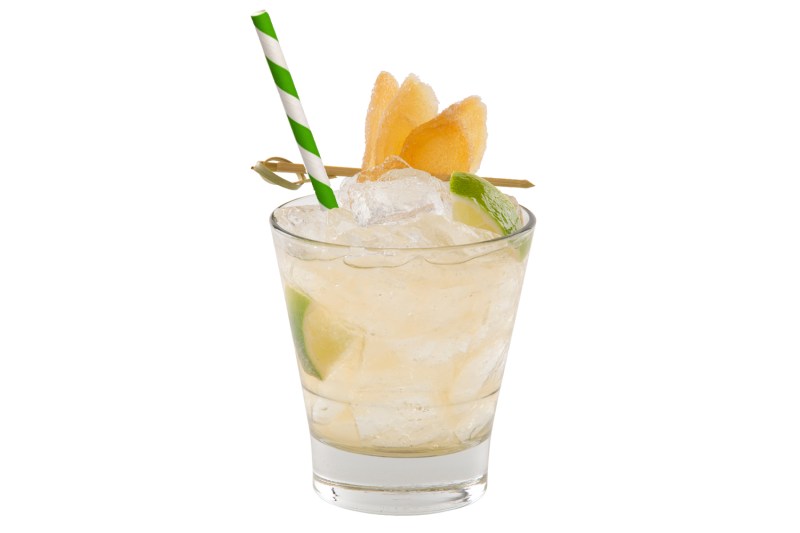
Fans of ginger will love this recipe from the David Kaplan camp. Enjoy it on its own or try it with some sushi or a spicy Thai curry.
Ingredients
- 2 ounces Charbay Vodka
- 1/2 ounce lime juice
- 3/4 ounce ginger syrup*
- Club soda
- Lime wheel and candied ginger flag for garnish
*Ginger syrup: Make 1/2 cup of fresh ginger juice, either by using a juice extractor or finely grating fresh ginger, wrapping it in a clean towel, and squeezing out the juice (24 ounces of ginger root should do the trick). Put the juice in a blender, add 1 cup of superfine sugar, and blend until the sugar is dissolved.
Method
- Short shake all ingredients except club soda with 3 ice cubes.
- Strain into a highball glass filled with ice.
- Top with club soda.
- Garnish with a lime wheel and candied ginger flag, and serve with a straw.
Where did the Moscow Mule come from?

The cocktail’s origin story is an interesting one, apparently a cocktail in itself made of poor investments. As legend has it, some business folks were meeting at a bar — one sitting on a bunch of vodka, one on a glut of ginger beer, another with copper mugs — and they tried mixing their products. They tied it all together with some lime and had a delicious beverage on their collective hands. As Tristan Stephenson indicates in Buy at Amazon , the drink pretty much green-lighted the vodka revolution (in fact, check out his cocktail book and give his fermented Mule recipe a try, it’s a dandy).
The Moscow Mule name, of course, is a reference to the birthplace of vodka. Where it was first made is up for debate (experts think NYC or LA), but it took place in the early 1940s. In the early days of cocktail culture, there weren’t many vodka-centric drinks. By the 80s, as Stephenson says, the stuff was flowing in every bar in town. It’s no wonder the drink took off. It’s incredibly refreshing, with the alcohol not so much imparting any flavor and melding the ingredients. In that sense, it’s about as welcoming a cocktail as there ever was.
Leaving Moscow: Some Moscow Mule cocktail variations without vodka
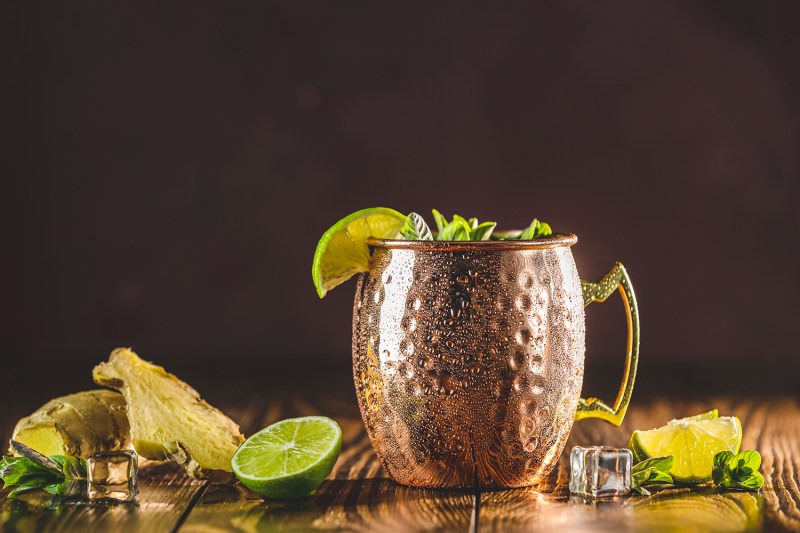
While vodka is the classic ingredient for a mule cocktail, for those out who don’t like vodka, there are variations of this classic drink that substitute other spirits for vodka. The copper mug stays the same though, you can’t have a mule without it!
If you are a bourbon drinker, try a Kentucky Mule, which substitutes bourbon for vodka while keeping all the other ingredients of the classic Moscow Mule the same. Not a bourbon drinker? Try an Irish Mule, which uses Irish whiskey for a unique take on the classic. Say you wanted to celebrate Cinco De Mayo with something other than a margarita, then the Mexican Mule is calling your name, just swap out the vodka for a high-quality tequila and get the party started.



